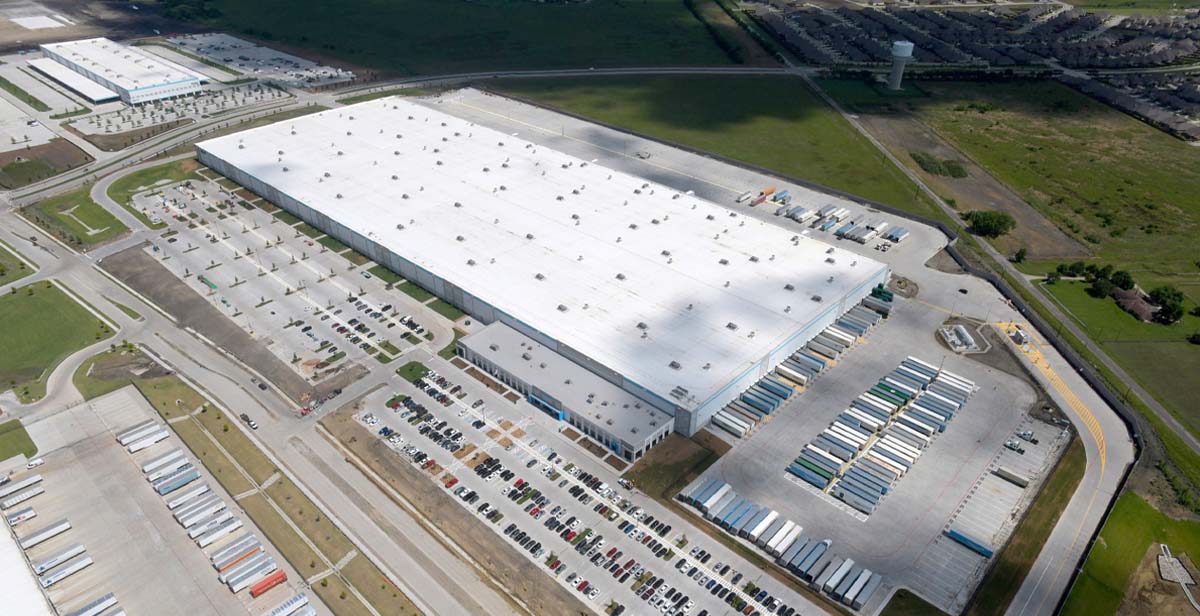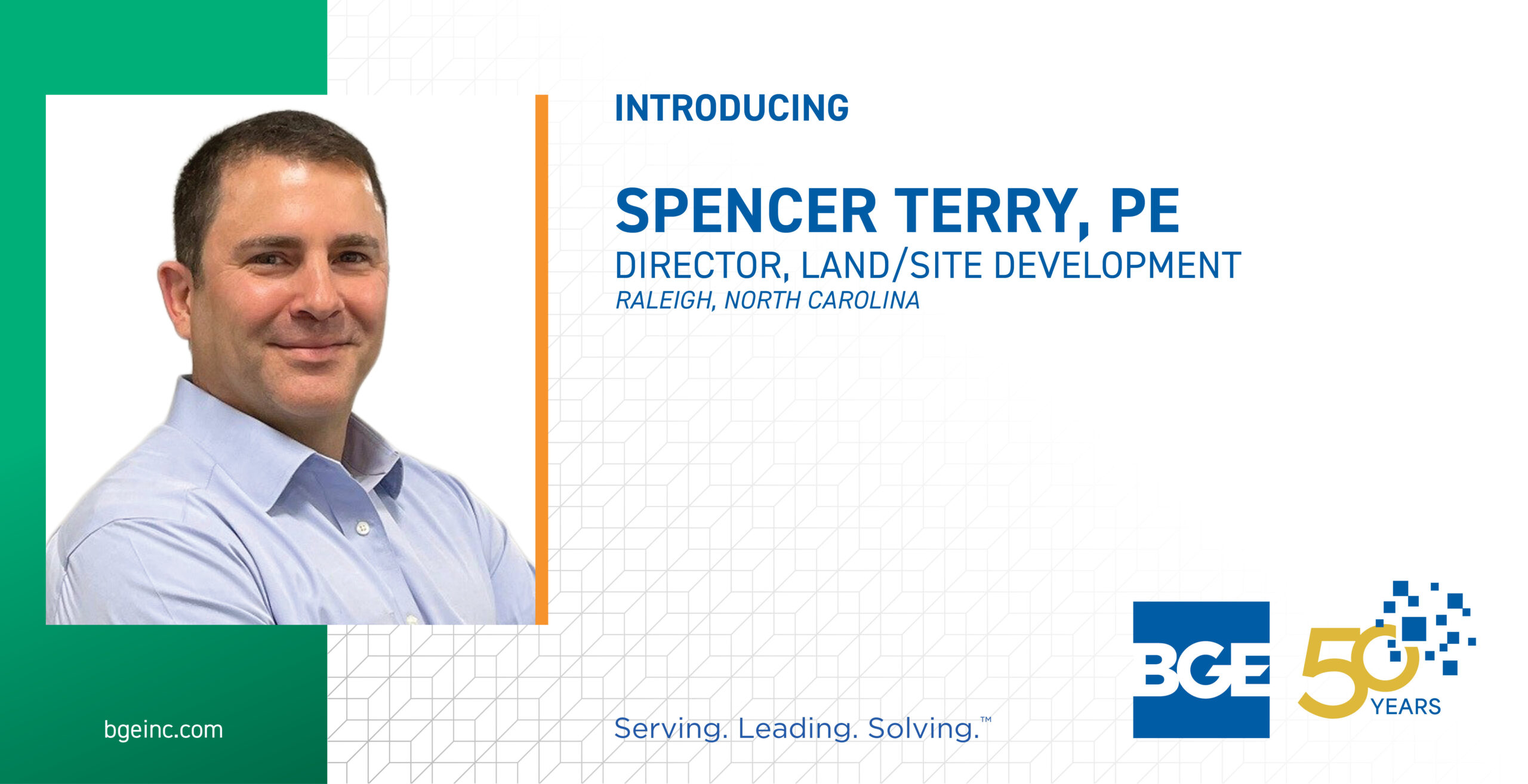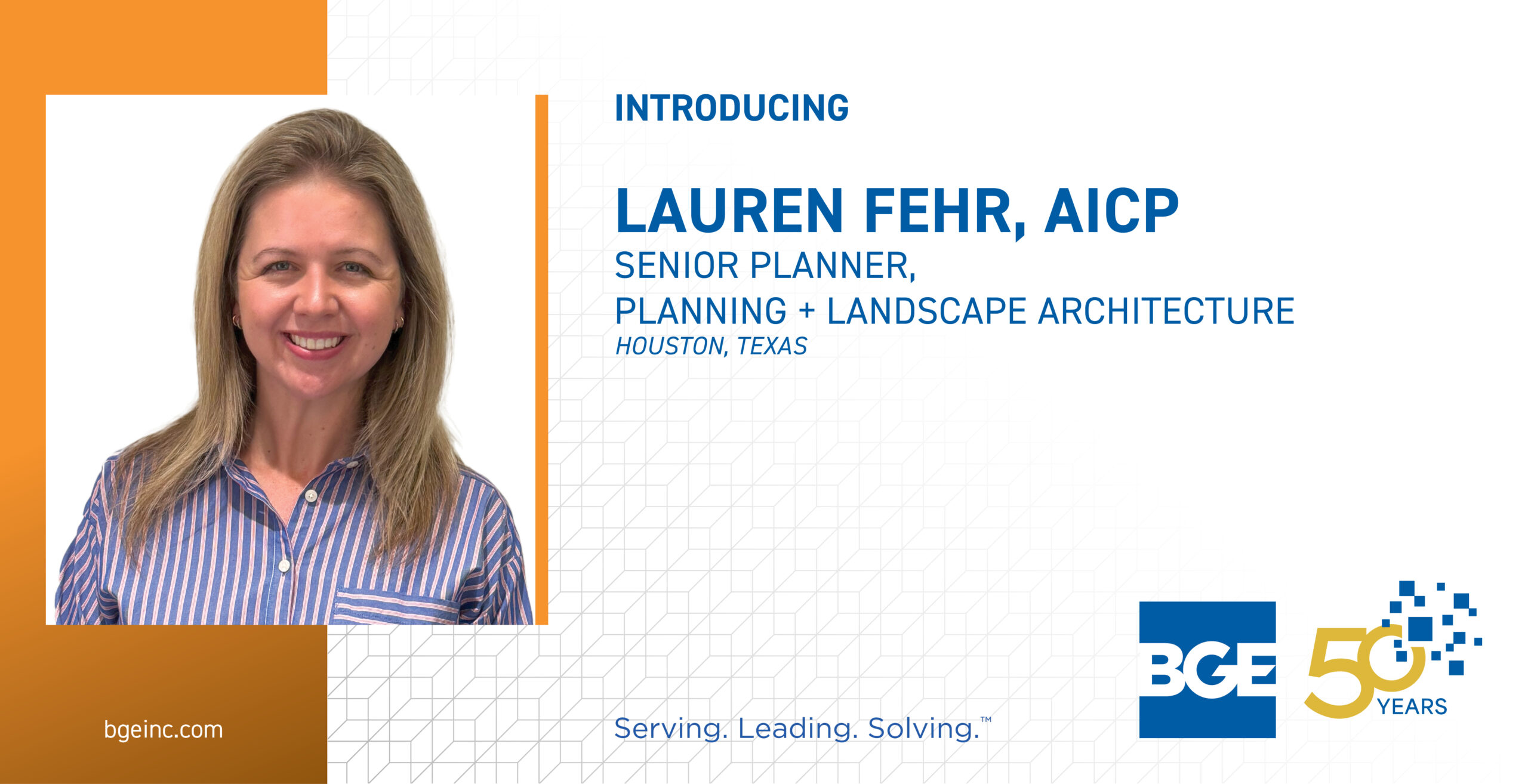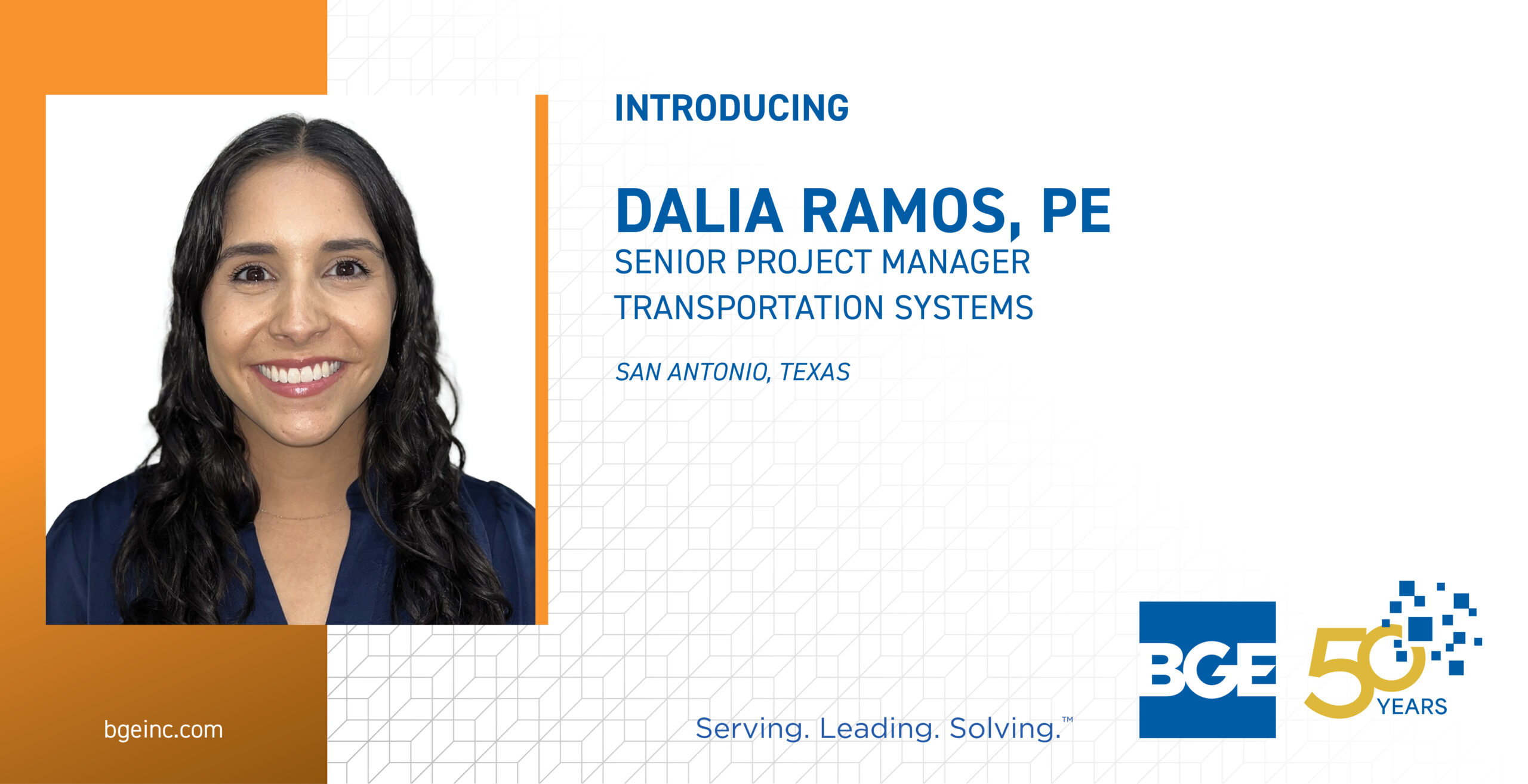Industrial developments can be a great way to help grow local economies and generate much needed tax revenue for local governments. They can bring hundreds or even thousands of new jobs to an area and spur the growth of additional developments such as homes, apartments and restaurants. Once one industrial project is complete, it is common for several others to follow shortly after, which is why many cities and towns eagerly seek out opportunities to be the home of these developments. However, it can be a very competitive process. Fortunately, like with everything else, preparation gives you an edge.
As the general engineering consultant for multiple recent industrial developments in the fast-growing Forney, Texas area, we have seen the impact of preparedness and learned a few key lessons that can help cities attract the right business to their area.
Know Your Area
The first step is to identify which areas in your community are best suited to fit the needs of these projects. To do so, consider the following when selecting real estate to allocate:
- How is the commute to the area?
- Is there room to accommodate the size requirements of these projects? (Projects can range from a few hundred thousand to more than 1 million square feet.)
- Does the surrounding area have a population that matches the labor needs of the projects?
- Is there room for additional establishments and infrastructure to support an increased workforce in the area (i.e., restaurants, new roads, utility infrastructure, new transportation methods, new homes, apartments, etc.)?
Developers looking in Forney made sure to pick an area that had easy access to the metroplex, in this case, the DFW area. The site chosen for their development was in close proximity to Highway 80, which provides a short commute to Dallas (the ninth most populous city in the U.S.) and access to the surrounding cities.
Is there room to accommodate the size requirements of these projects? (Projects can range from a few hundred thousand to more than 1 million square feet.)
Understand And Resolve Challenges
Once you’ve located an area that meets the demand, invest in learning everything you can about the land that may hinder the speed to market of the potential development. Here are some factors to consider addressing:
- Is the area easily accessible?
- Is there existing infrastructure?
- Are there adequate water and sewer in the area?
- Are there any jurisdictional issues? (i.e., Waters of the U.S., wetland restrictions, etc.)
Once you’ve identified potential barriers, determine the estimated cost to prepare the land for development. Consider including the costs of enhancements to the bottom line as well. Exceeding the basic requirements makes an area more attractive. The more established the infrastructure is, the more attractive it is to industrial developers.
Although the area was prime, the existing landowner, via development agreements with the city, constructed roadways, water and sanitary sewer facilities to help make the site more appealing.
The more established the infrastructure is, the more attractive it is to industrial developers.
Prepare a Plan
Once you have all the information needed (including costs estimations) to develop land for industrial projects, put together a plan to address as many impediments as possible. It is essential to begin engaging key stakeholders and involve them in your pre-planning during this process. Having a working relationship with all governing parties of the site, both private and public, will help limit major roadblocks during development. Your plan should include:
- A plan to expedite entitlements, if needed
- A strategy to educate and communicate with citizens in the community
- A dedicated municipal staff team to oversee approvals required for development during the duration of the process
These proactive measures can help limit the risk to companies looking for a place to call home for their next business venture. What is the possible result? Let’s take a look at Forney for an example. After developers did their due diligence in the area, they constructed a 1 million square feet Good Year project. Just after Goodyear was constructed, Amazon came aboard, bringing a 1.1 million-square-foot fulfillment center and a 200,000-square-foot delivery station to the area, which brought in hundreds of full-time jobs.
There are also a few speculative buildings in the works for future development. So, if you’re looking to land an industrial development in your area to help boost the local economy, following the steps above can help you present a much more attractive bid when the next opportunity presents itself. Good luck!
Having a working relationship with all governing parties of the site, both private and public, will help limit major roadblocks during development.




